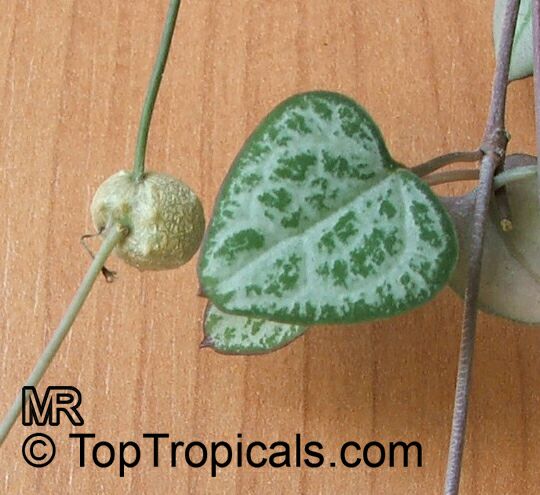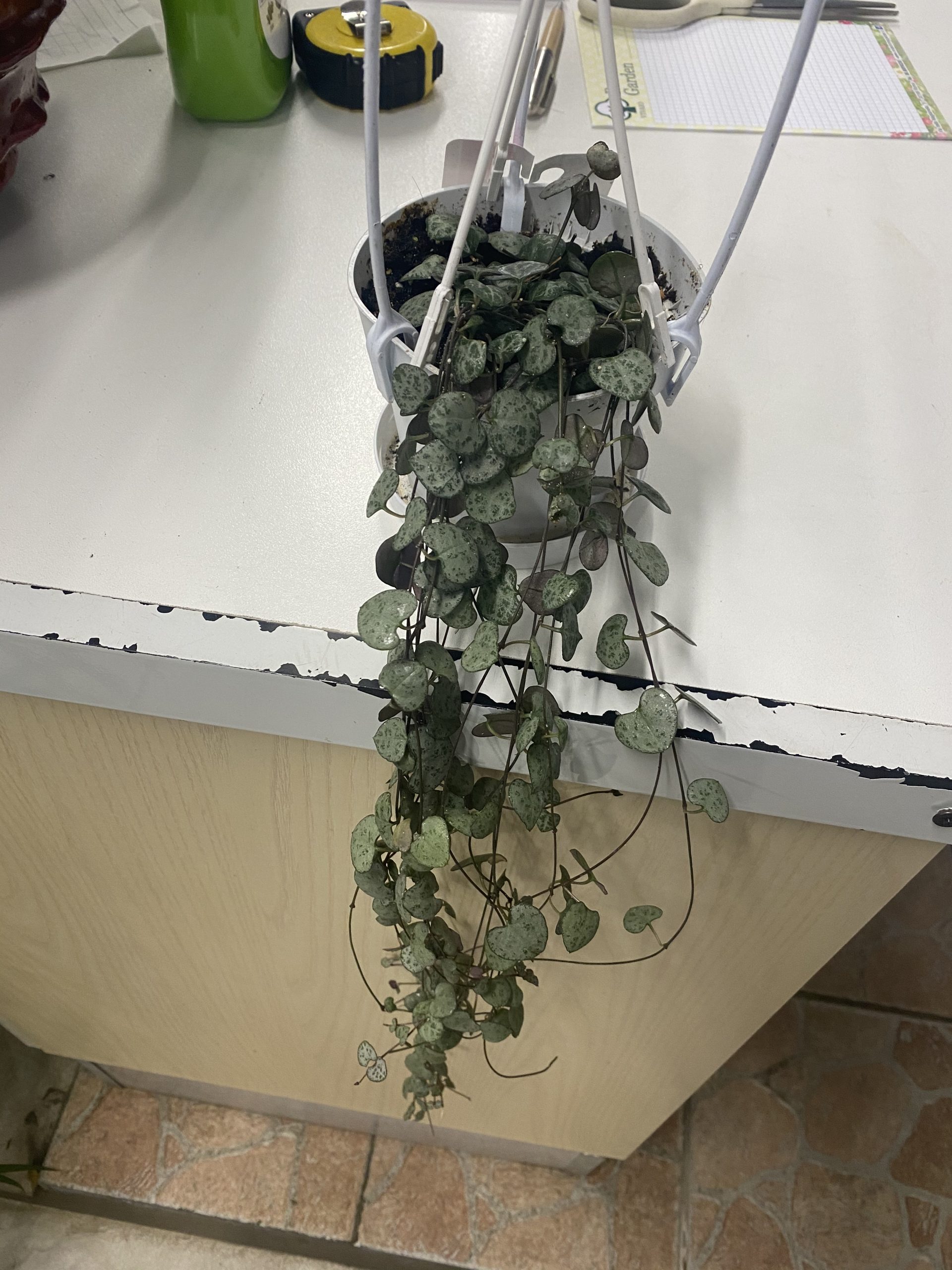

When grown in direct sunlight, the plant’s leaves will be dark green with variegated silver markings. The String of Hearts plant prefers to have some bright sun throughout the day, but it will do fine in bright, indirect light, as well. String Of Hearts Plant Light Requirements It originates in Africa and likes heat and dry soil. The String of Hearts is not a true succulent, but it is able to store plenty of water in its thick, fleshy leaves. These little tubers can be planted to grow new String of Hearts plants. Small tubers, that look like bead-shaped bulbs, grow sporadically along the vines. These pretty little vines are wiry and can grow two to three feet in length when grown as a houseplant. New growth may appear tinged with pink, and its lovely Chinese lantern- shaped flowers offer up a pop of magenta color. The fleshy leaves generally have a pinkish underside with pink or even purple stems. These pretty leaves usually grow as a deep green hue trimmed in little bits of silvery white. The String of Hearts is known for its wispy, trailing vines graced with variegated green and silver heart-shaped leaves. Where To Buy: Buy a String Of Hearts Plant online at Etsy (I buy most of my houseplants from Etsy).Propagation: Tubers, which grow along the stems are easily rooted while attached to the parent plant.Pruning: Only necessary to control length of the vines.Flowers tend to blend in with the leaves. Flowering: Small bulbous flowers are produced when good conditions are provided.Humidity: Low to medium humidity is fine.Fertilizer: Balanced, water-soluble fertilizer applied every two weeks through the growing season.Alternatively, a good potting mix with plenty of added coarse sand or perlite. Watering: Only water once the potting medium is dry.Light Requirements: Bright, indirect light.Origin: South Africa, Swaziland and Zimbabwe.Common Name: String of Hearts plant, Rosary Vine, Chain of Hearts, Sweetheart Vine, Hearts enmeshed.Summary Of String Of Hearts Plant Care (Ceropegia Woodii)
#Ceropegia woodii how to#
Keep reading to find out more about this unique plant, how to care for your String of Hearts, and how to propagate it. Provide bright, indirect light, water infrequently once the potting medium is dry, plant in well-draining soil, and fertilize every two weeks through the growing season to keep this drought-tolerant, tropical plant happy. How to care for a string of hearts plant: Ceropegia woodii is a beautiful, trailing plant that needs very little effort to thrive. Hearts Enmeshed (because the vines tangle.

It was only a few cuttings so the plant wasn’t very full.Are you looking for a beautiful, unique, and easy to care for houseplant? The String of Hearts plant ( Ceropegia woodii) is a delightful hanging plant to add to your home, with heart-shaped leaves trailing from thin, wiry vines and bearing a sprinkle of unique, pinkish flowers. Take a look at the resulting plant after a few months. One method that I’m trying now is using the plant that I grew from the water propagated cuttings. Be sure to open the bag every few days to air it out so that mold doesn’t form. You can place the container or pot into a clear plastic bag and seal it up. You can even use bent paperclips to gently pin the cuttings down so that they have contact with the soil.įor this method, it is helpful to increase humidity to encourage the cuttings to grow roots, otherwise the cuttings may dry up. Make sure that there is direct contact with the soil.

You can also take cuttings and lay them horizontally on top of soil. Give the pot a good watering, and from that point forward, try and keep the soil barely damp to encourage rooting. They make AMAZING mixes, and you will get 10% off at checkout automatically on any product when you use my links. Or you can buy the String of Things Soil Blend from Oh Happy Plants. Use the soil blend that I describe in the string of hearts care post, and then just wait! To increase the chances of getting your cuttings to root, you can dip each node that will go under the soil line into rooting hormone which you can easily purchase on Amazon. Propagation in soil would follow the same process as above, except you would stick the cuttings directly into soil just like in the above photo.


 0 kommentar(er)
0 kommentar(er)
